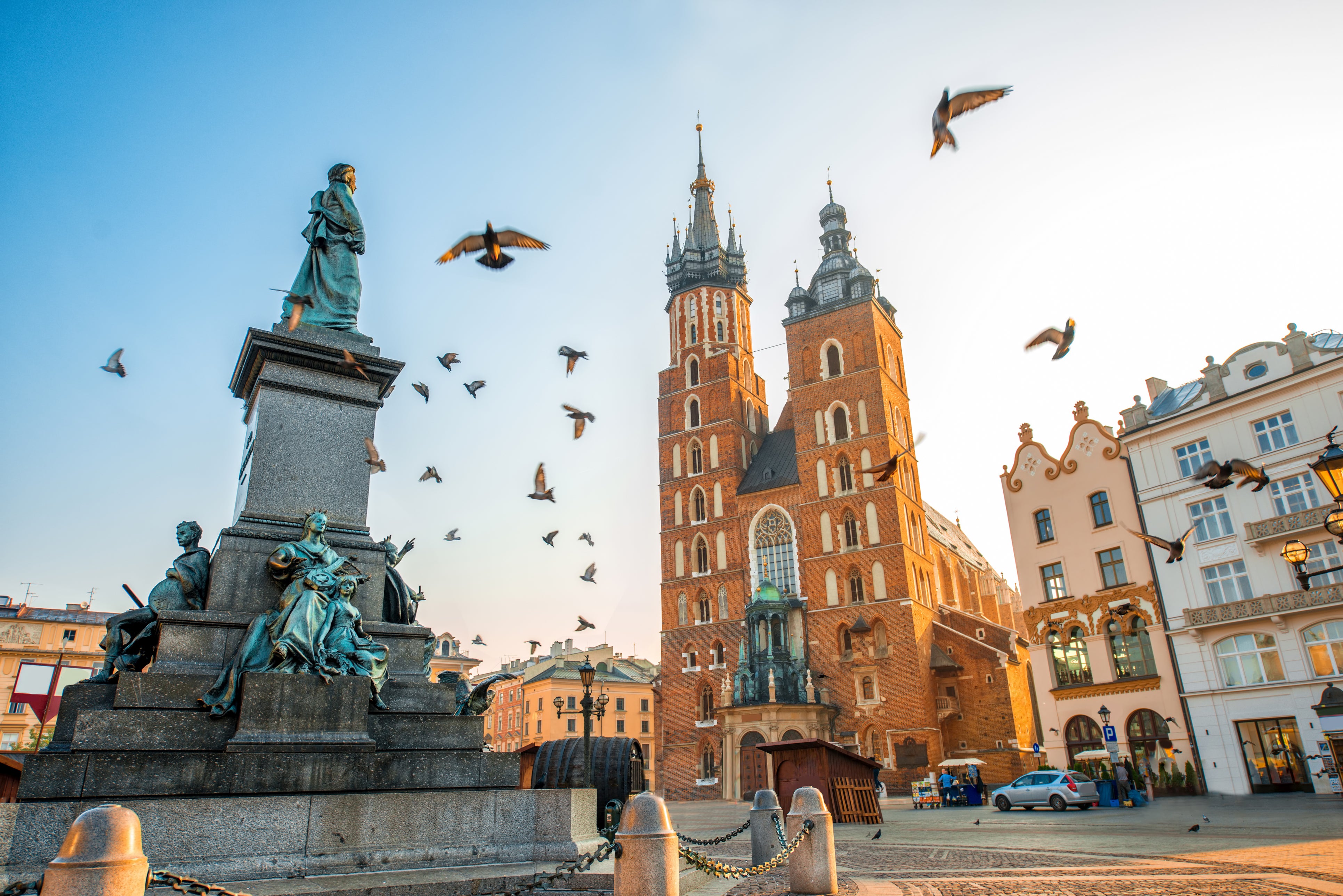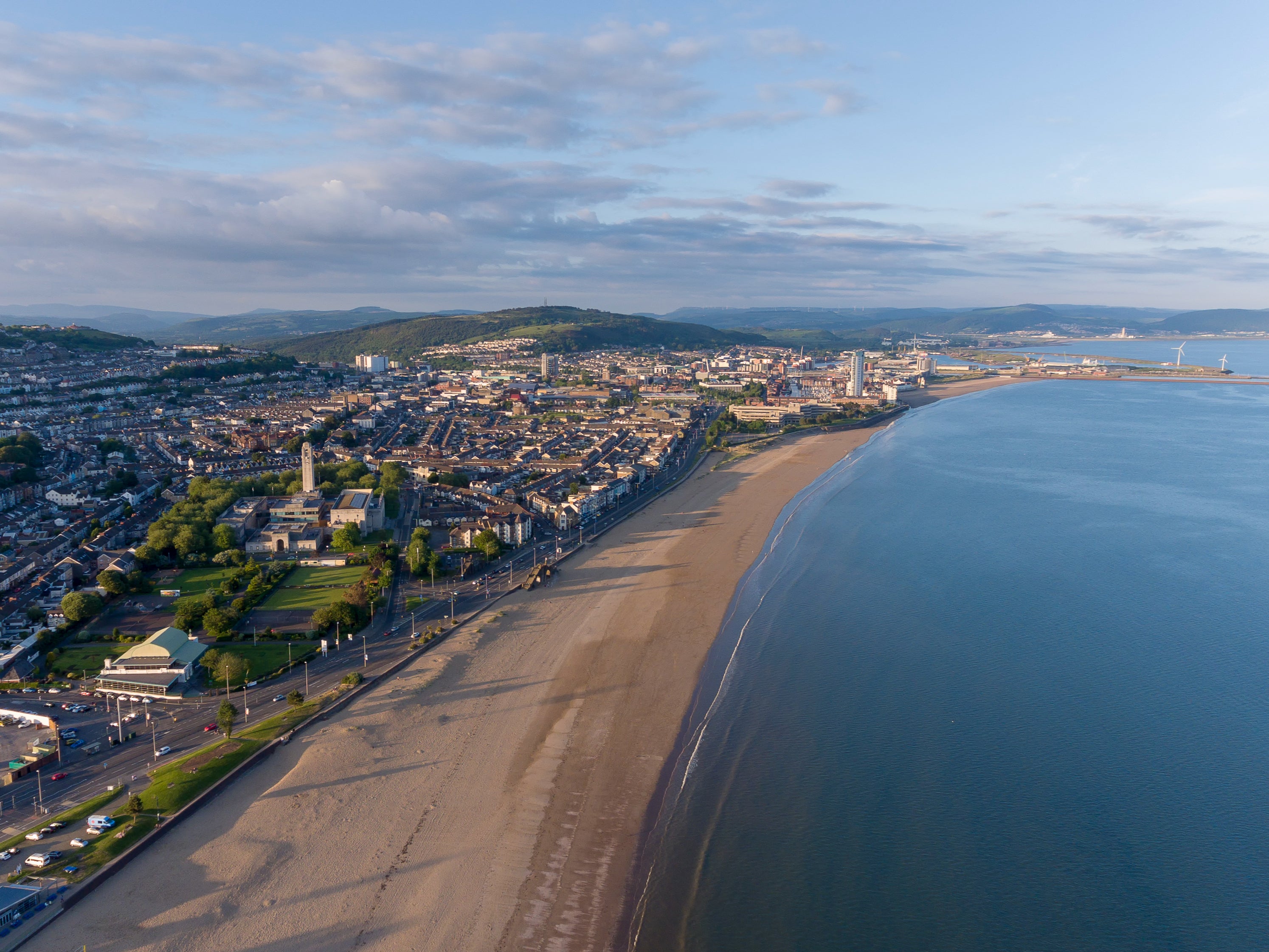
Capital cities are often, if not overrated, definitely overcrowded. Paris, Amsterdam, Berlin: they all have their charms, of course, but they also have the accompanying hordes of tourists to prove it.
Why not swap the headline act for a country’s second city? With the pressure off, these more under-radar destinations can offer better-value, less-saturated experiences, while being even more grateful for your tourist pounds.
Parisians may not be fussed if you’re there or not, but head south to Marseille and they’ll likely be delighted with your mangled attempt at GCSE French. Likewise, in Amsterdam your presence may feel like it’s adding to the crush, whereas in Rotterdam you’ll find plenty of space amid the modern architecture, and a just-as-vibrant cultural scene to get stuck into.
That’s why we’re turning the spotlight on second cities, whether they’re lesser-known cultural hotspots or thriving urban paradises that make their respective countries’ capitals look distinctly plain. Here are some of the best to visit.
Read more: Holiday swaps to avoid the crowds
Hamburg, Germany

Despite its status as Germany’s second largest city (it’s also the EU’s largest non-capital city), Hamburg is much easier to explore than sprawling Berlin, partly due to its navigable historic city centre, which includes the Unesco-listed areas of Speicherstadt and Kontorhaus. Both provide an insight into how the city transformed into the maritime capital of the north, and many of the city’s oldest buildings – which include the largest single complex of brick warehouses – date back to Hanseatic times. And while Berlin’s famous for its clubs, Hamburg specialises in culture, a great example of which is the Elbe Philharmonic Hall, made with one thousand tonnes of steel, covered with 6,000 sequins and built on the foundations of a derelict warehouse.
Read more: These lesser-known Bavaria towns are even better than Munich
Mumbai, India

Delhi might be India’s capital, but let’s be honest, it’s somewhat lacking in the looks department. Unlike India’s second largest city, Mumbai, which has the second largest (and Unesco-listed) collection of art deco buildings after Miami. It’s also got the gloriously gothic Chhatrapati Shivaji Terminus train station and the Gateway of India, a beautiful stone archway (which was built in 1911, 10 years before Delhi’s strangely similar India Gate). But it’s not just about polished perfection; the best places to see the real Mumbai include Sassoon Docks, built in the 1800s. Head here in the morning to watch fishermen haul in their catches and barter with customers – the vast majority of Mumbai’s restaurants and hotels purchase their seafood here. Just don’t be surprised if you’re side-swiped by a frozen salmon – this is one of the world’s largest fish markets, after all.
Read more: Now is the perfect time to discover India’s most underrated city
Tartu, Estonia

As much we love Tallinn, with its onion-domed cathedrals and Unesco-listed old town, there are plenty of reasons Estonia’s second largest city deserves a slice of the spotlight. To start with, Tartu was the European Capital of Culture for 2024– a well-deserved accolade for a city which has one of the world’s oldest universities (Tartu University was founded in the 1600s), over 20 museums (the teddy bear-filled Tartu Toy Museum is our favourite), and a packed calendar of events, including the Tartuffe film festival, when movies are screened on the Baltics’ largest outdoor movie screen. A fun fact? Tartu has one of the world’s wonkiest buildings. The Tartu Leaning House, built in the 1700s next to Tartu’s ancient city walls, has a greater tilt than the Leaning Tower of Pisa.
Read more: How Estonia ended up being the most empowering girls’ weekend away
Montreal, Canada

We’re not the only ones who think park-filled Montreal trumps Ottawa (Canada’s capital) in the cool stakes – just ask Nike, which recently announced that Montreal’s famous bagels inspired its newest trainer, the Dunk Low Montreal Bagel, which has a Montreal-blue swoosh. A culture vulture’s dream, Montreal is home to the headquarters of Cirque du Soleil (which stages almost all its premieres in the city) and ranked as North America’s second most sustainable city in the latest Global Destinations Sustainability Index. Key to its approach is the use of electric modes of public transport, a plan to increase green canopy cover and widespread use of biogas power. With three quarters of the city’s hotel rooms sustainability certified, it’s easy to plan an eco-friendly trip.
Read more: Why this Canadian city has been handing out free pancakes every year since 1923
Krakow, Poland

Poland’s second largest city was rebuilt (twice) in the 13th century following devastating Mongol invasions but survived largely unscathed during WWII – its position made it a valuable supplies base for the Third Reich. Unlike Warsaw, which had to be rebuilt from the ground up, Krakow is packed with ancient buildings and monuments, whether it’s the 16th-century Wawel Royal Castle (don’t miss the Szczerbiec, or Jagged Sword, that was used at Polish coronations from 1320 onward) or the subterranean Rynek Underground museum, where visitors can explore medieval Krakow by wandering along glass ramps placed over a perfectly preserved burial ground, market and waterworks.
Read more: 7 of the best cheap holidays for couples, from weekend breaks to beach holidays
Zurich, Switzerland

Bern might be Switzerland’s capital city but it’s also one of its smallest, with a population of just 133,000 people compared to Zurich’s 1.4 million. Not that there aren’t plenty of opportunities to enjoy some downtime in Zurich, recently declared the world’s quietest city by the World Health Organisation following a research project focusing on noise pollution. The city’s museums include the Kunsthaus, Pavilion Le Corbusier, FIFA Museum and (our favourite) Lindt Home of Chocolate, and it hosts hundreds of cultural events every year, many of which take place on the banks of Lake Zurich, such as the Zurich Film Festival, which showcases emerging filmmakers from around the globe.
Read more: Why you should visit the beautiful Swiss town that most tourists miss
Milan, Italy

Rome’s in-your-face beauty is impossible to deny, but there’s something wonderful about the understated elegance of Milan, which is also much easier to explore. It takes just 20 minutes to get from Milan Linate Airport to the city centre by taxi, for example, and a new metro line (the first sections of which opened in late 2022) allows travellers to head straight from the airport to the Duomo di Milano (the world’s fifth-largest Christian church) while also putting the city’s Sforzesco Castle within easy reach.
Read more: 8 of the best city breaks in Italy, from art-filled Florence to coastal Cagliari
Swansea, Wales

In recent years it’s Swansea, not Cardiff, that has emerged as a capital of coastal cool, thanks not only to its proximity to the Wales Coast Path (the Swansea to Gower stretch is one of the most spectacular sections), but also a flurry of new cultural venues (including Swansea Arena, which opened in 2022 and will host over 160 comedy, music and e-sports events annually) and great sporting venues. Unusual name aside, the city’s Swansea.com football stadium was Wales’ first Premier League venue. And we’re not alone in our love of Swansea; Wales’ most famous playwright, Dylan Thomas, spent over half of his life here, and visitors can check out his former birthplace and home, 5 Cwmdonkin Drive.
Read more: How this eco-campsite in North Wales became a haven for frazzled Londoners
Sydney, Australia

Canberra might be Australia’s capital but it can’t lay claim to the world’s most famous performing arts venue, the Sydney Opera House, which turned 50 in 2023. Canberra also falls short when it comes to beaches, unlike Sydney, which has over 100. Many are havens for wildlife, which is partly what makes Sydney one of the world’s most wildlife-rich cities. Sydney Harbour (the world’s largest natural harbour) is home to a range of species, including nurse sharks, bottlenose dolphins and sea turtles. Love a landmark? Sydney’s got loads, including the Sydney Tower (the second tallest observation tower in the Western hemisphere) and the Sydney Harbour Bridge, the world’s largest steel arch bridge.
Read more: This popular island was ravaged by fires – here’s what it’s really like to go back
The best holidays to book for May 2025
Where’s hot in April? Best sunny holiday spots to escape the UK’s April showers
Best last-minute UK breaks to book before the Easter holidays
Best spring travel deals, from flights to holiday packages
Eight of the best destinations to visit this Easter, from Cyprus to Japan
Eight islands with starring roles in films, from The Beach to Star Wars






